It’s often easy to forget just how quickly viruses can spread when they’re invisible. For this reason, NHK, Japan’s national broadcasting corporation, has shared a video showing how germs can be transmitted to a room full of people when there’s only one person who’s infected. The experiment aims to simulate a space at a buffet restaurant or on a cruise ship, which, at the beginning of the pandemic, was considered one of the easiest ways to spread COVID-19 between people. The public broadcaster NHK teamed up with health experts and demonstrated the fast ways that germs and viruses are transmitted from person to person.
More info: Twitter
Japanese broadcaster NHK released a video with an experiment that shows how quickly a virus can spread
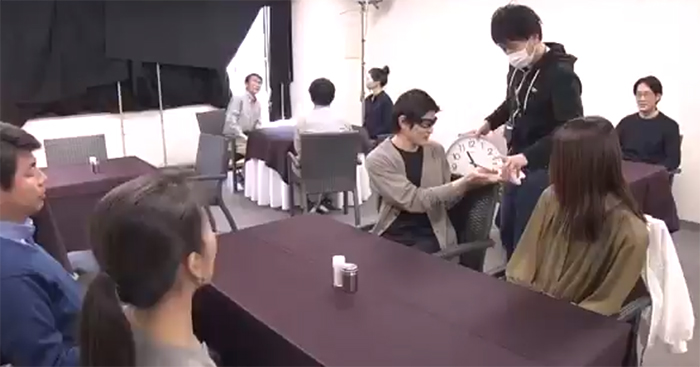
Image credits: nhk_news
Shared on May 8, the video is designed to show how far a virus can be transmitted from an infected person at a restaurant. The experiment was created with the help of experts from Kawasaki’s St. Marianna University School of Medicine. It involved 10 people eating in a buffet-style restaurant. Before people could serve themselves, the researchers applied a fluorescent lotion to the hands of one of the people participating in the experiment.
One person applied a fluorescent lotion on his hands that represented the particles of a cough

Image credits: nhk_news
The fluorescent lotion, which would show up later under a UV light, simulated viral droplets from a cough. Then, the subjects of the experiment were allowed to dish up food from the buffet trays.
30 minutes into the meal, the black lights were activated to reveal where the “infection” had spread
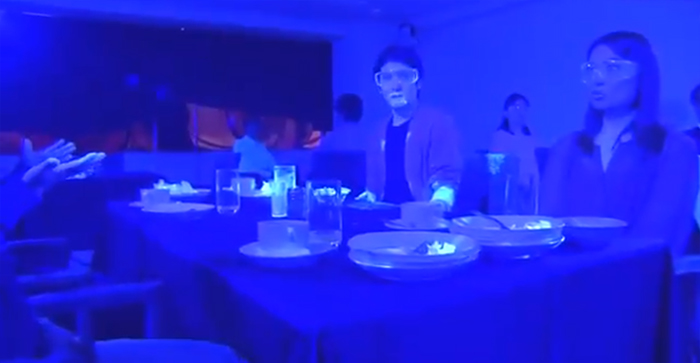
Image credits: nhk_news
The subjects of the experiment were seemingly shocked—the lotion had gotten everywhere. It was on the hands of every participant, plates, tongs, drink pitchers, and even on some people’s mouths.
Watch the video of the experiment below
クルーズ船で感染拡大を招いたとされる接触感染がどのようにして起きるのか、NHKが専門家と共同で実験を行ったところ、ウイルスに見立てた塗料は多数の人が触るものを介して広がることが確認されました。https://t.co/exeyyRXQiD pic.twitter.com/NCHGyJyXRw
— NHKニュース (@nhk_news) May 8, 2020
Here’s what people thought

Image credits: rachelbonnetta

Image credits: EvilMopacATX

Image credits: gohomeben
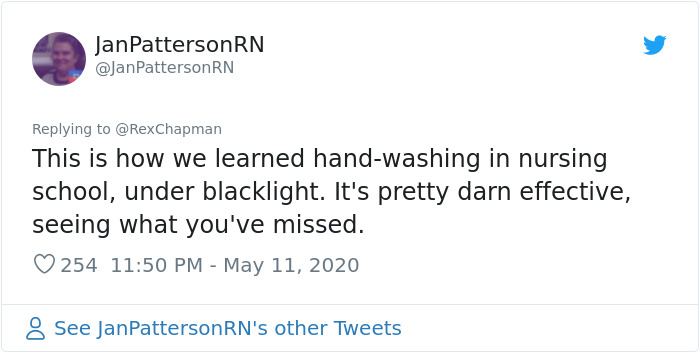
Image credits: JanPattersonRN
However, not everyone was convinced
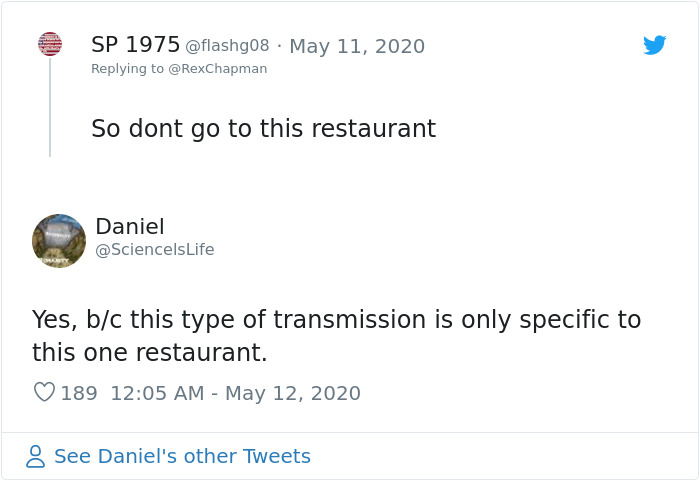
Image credits: SciencelsLife
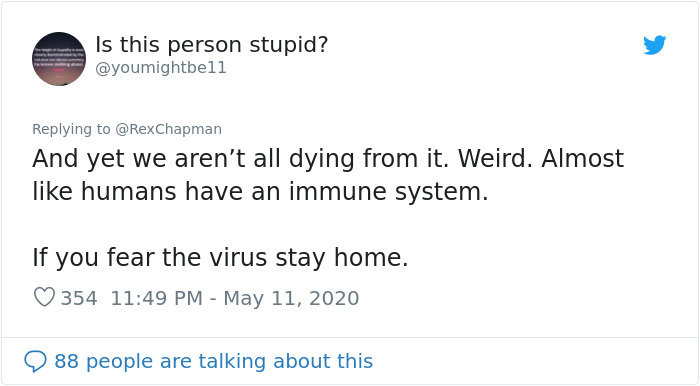
Image credits: youmightbe11
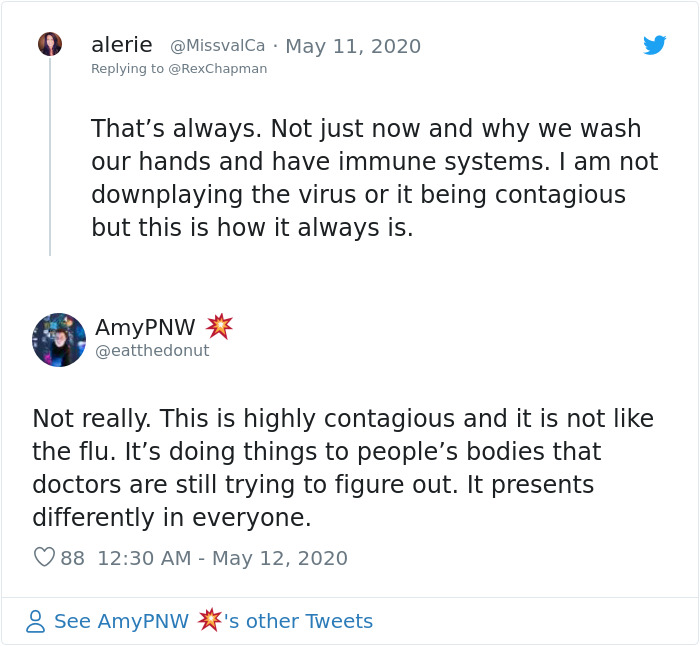
Image credits: eatthedonut

Image credits: WhiterunDragon
from Bored Panda https://ift.tt/3cJ28GN

